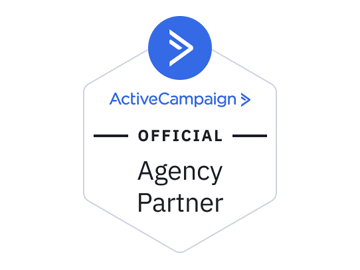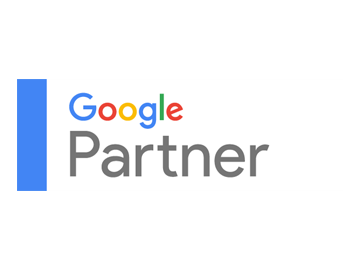A/B testing is a simple way to test changes to your page against the current design and determine which ones produce positive results. It is a method to validate that any new design or change to an element on your webpage is improving your conversion rate before you make that change to your site code.
Testing takes the guesswork out of website optimization and enables data-backed decisions that shift business conversations from “we think” to “we know.” By measuring the impact that changes have on your metrics such as sign-ups, downloads, purchases, or whatever else your goals may be, you can ensure that every change produces positive results. Quantitative data speaks for itself. You and your coworkers may have hunches about how site visitors will respond to certain design elements; A/B testing allows you to show visitors two versions of the same page and let them determine the ‘winner.’
Constantly testing and optimizing your page can assist in helping your reach your goals of increasing revenue, donations, leads, registrations, downloads, and user generated content; all while providing your team of experts with valuable insight about their visitors.
An A/B test involves testing two versions of a web page — an A version (the control) and a B version (the variation) — with live traffic and measuring the effect each version has on your conversion rate. Start an A/B test by identifying a goal for your company then determine which pages on your site contribute to the successful completion of that goal.
Benefits:
- Benefit #1: Find out what your visitors are really looking for, and enrich their experience.
- Benefit #2: Develop a structured path for converting visitors into new leads, and leads into new customers.
- Benefit #3: Increase your e-commerce conversions by showcasing the products your customers want to see.
- Benefit #4: Grow not just your website, but your business based on accurate information derived right from your customers.
- Headlines
- Graphics & Images
- Incentives (call-to-actions)
- Social Media Platforms
- Projects Pages
- Blogs









